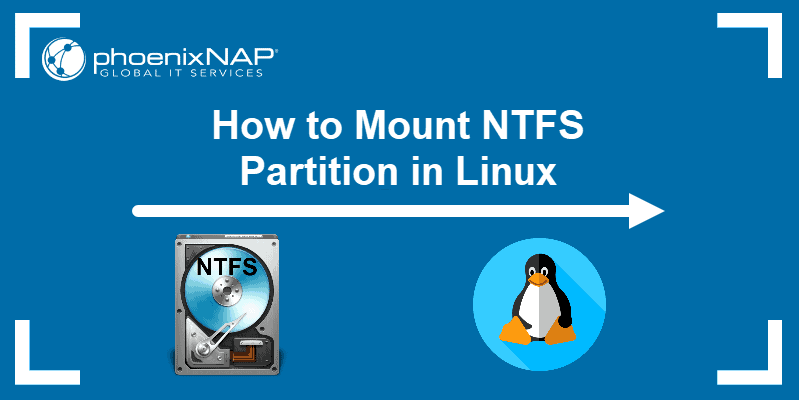

#LINUX FILE SYSTEM READER WINDOWS#
For example, if you wanted to copy an mp3 file from the Windows partition to the Linux partition to test out your sound configuration, it would show up as a executable program and not just a standard file under Linux. When you copy files from the Windows partition to the Linux partition you should bear this in mind. Everything looks like it's a program (binary) instead of a regular file. That's because Windows' file system doesn't distinguish file types. You won't have the various color combinations as you do in Linux. The directories are blue but the files are green (or red - depending on your distribution of Linux). If you change to the mount directory (cd /mnt) and then type: ls and you'll see something interesting. I use the different empty directories (/floppy /cdrom /mnt) to avoid confusion. You may use the /mnt directory to mount the other devices (floppies, CDs) as well.

The choice for /mnt is the standard mount point in this case. Windows is always in the primary partition, so that's why we've used the device /hda1 (hard disk partition 1). If you would like to get some files from a CD-ROM, the standard command to do this is: You can use the mount command to copy to and from other devices. That means basically, incorporating it temporarily into your Linux file system or, in other words, telling Linux that it is a file to be written to or copied from. In Linux the floppy drive or other device must be "mounted". Though some windows managers for Linux have provisions for clicking on an icon to access a floppy drive, for example, the method behind this is quite different from other OSes. We've mentioned previously that there's a different idea in Linux as to what constitutes a floppy disk drive, a CD-ROM drive and another partition of your hard disk (the Windows partition, for example).
#LINUX FILE SYSTEM READER HOW TO#
In this part of the lesson about file systems we'll learn how to use the commands mount and umount It can be used to obtain information about the system and to change certain kernel parameters at runtime using sysctl command. Procfs: The proc file system acts as an interface to internal data structures in the kernel. Isofs: Used by CDROM file system (iso9660). Includes support for Access Control Lists (ACL). Journalling allows fast file system recovery. It has the concepts of blocks, inodes and directories.Įxt3: It is backwards compatible with the ext2 file system, except that it has added journal ing capabilities. Here are just a few.Įxt2: This is like UNIX file system. Linux Supports lots of different types of File System formats. However, the way that those files are stored on a disk can vary depending on several different factors. In the simplest terms possible, one can say that files are just a collection of data items which are stored on a disk. That is to say, the way data is stored and managed in Linux.

This is a beginner's course and one of the concepts that newcomers to Linux find different is the idea of a file system in Linux.


 0 kommentar(er)
0 kommentar(er)
